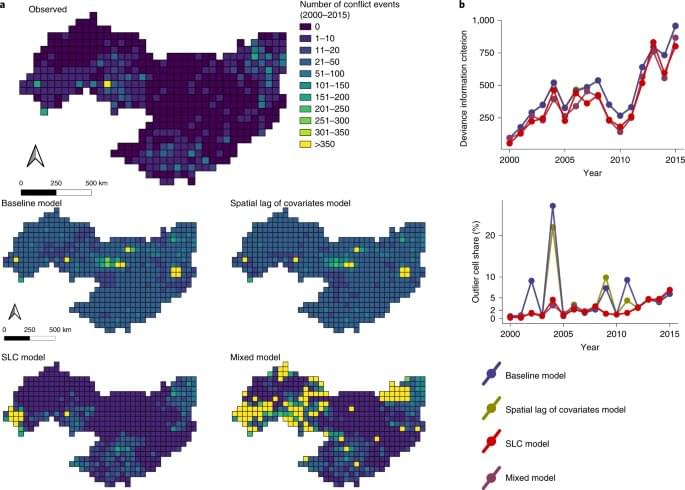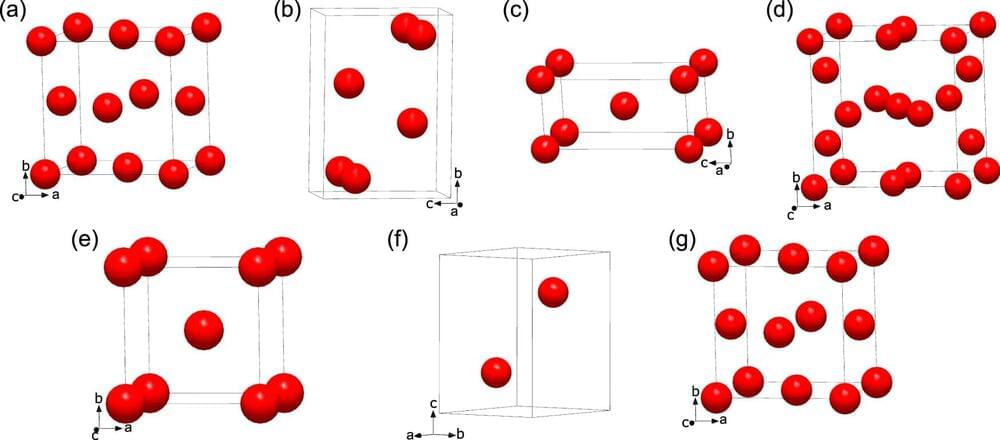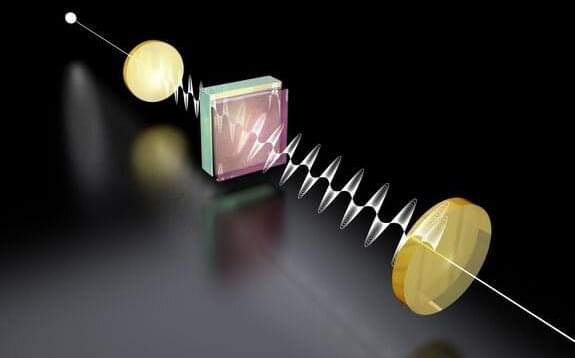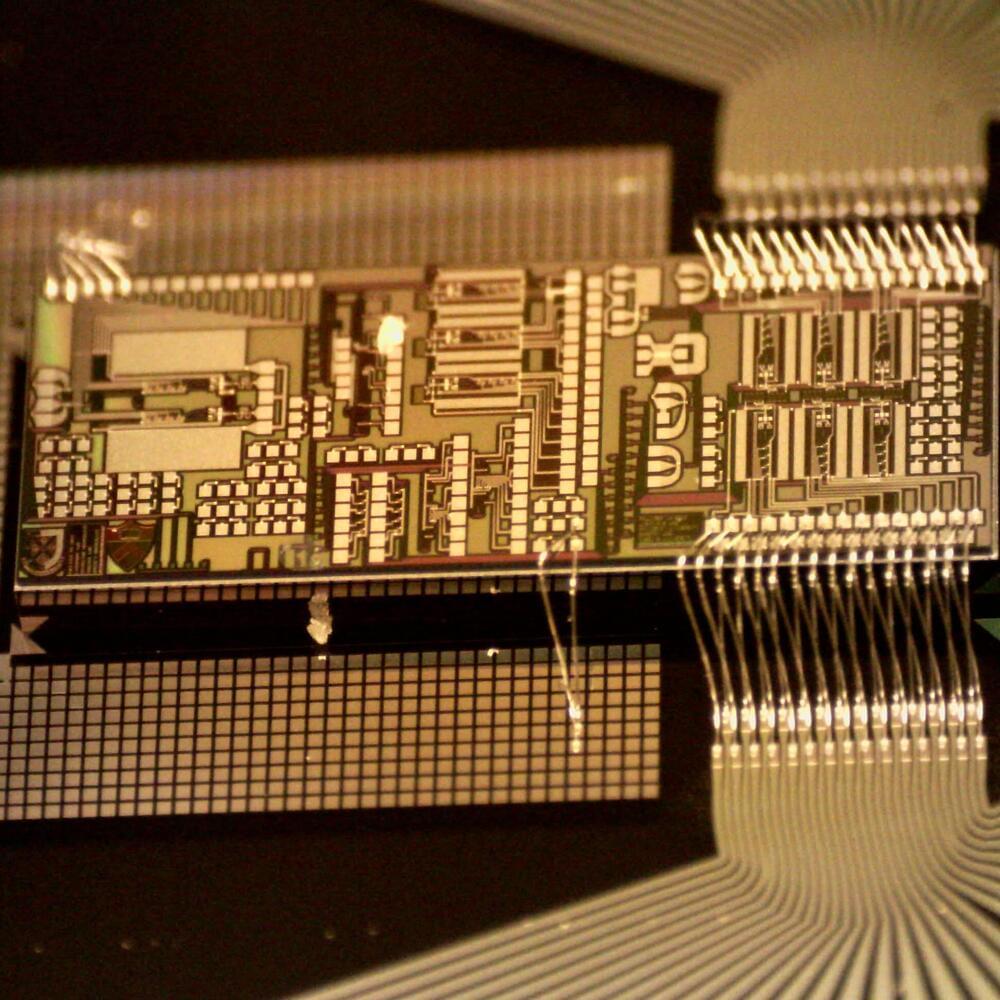Nov 23, 2022
Physiological responses to playing Overwatch depend on skill level, study finds
Posted by Saúl Morales Rodriguéz in categories: entertainment, health
A study of physiological responses of college-age Overwatch players found that many skilled players tend to start the game with elevated physiological stress responses, adjusting them during gameplay. The physiological stress responses of low skill players, in contrast, tend to increase as the game progresses. The study was published in the Journal of Strength and Conditioning Research.
Competitive electronic gaming or eSport is gaining traction as a recognized sport. The rise of eSports into a multi-billion dollar industry has been attributed to the emergence of streaming platforms and advertisement revenues and high-values sponsorships that came with them. eSports are one of the 24 competitive sports included in the 2022 Asian games held in Hangzhou, China.
Following their rise in popularity, scientists have become interested in studying eSports athletes to understand the stress related to participating in eSports both in competitive and noncompetitive settings. First studies focused on health concerns, given the sedentary nature of eSports, and primarily studied players of League of Legends (LOL) as one of the most popular eSports games at the time.


















